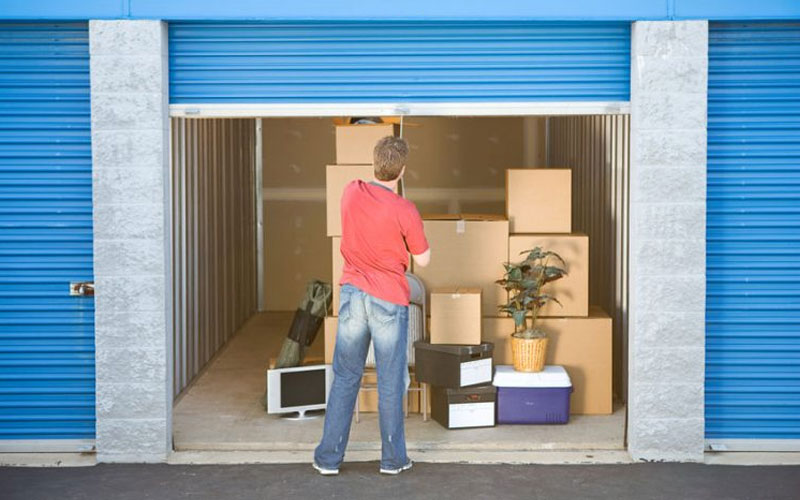Storage rental prices vary widely from facility to facility. This is due to several factors, including location, amenities, and size. Understanding the elements can help customers decide where to store their items.
Amenities
The storage price in San Francisco depends on several factors, including location and amenities. If you are looking for the best price, it is essential to research the different options available in your area. You can also find online reviews to help you decide on the proper storage unit. Many self-storage operators use value-based pricing, charging higher prices for more desirable units. This approach is similar to how airlines charge for different seats based on popularity. For example, aisle and window seats are more desirable than middle seats, so they typically cost more. Other storage facility amenities can increase prices as well. Climate-controlled units, for example, are in high demand and can command a premium of 20%-70% over standard units.
Additionally, some facilities offer trailer access or 24-hour security services to attract tenants. These features can increase your monthly rent, but they may be worth the additional expense if you need to store valuable items or expensive equipment. The length of your storage contract can also affect your rental price. Some locations require a 6-month or 12-month lease, while others are more flexible and allow month-to-month rentals. Generally, more extended contracts will provide a better price per square foot than shorter ones.
Size
Storage facilities are often more expensive than rural or suburban locations in metropolitan areas. In addition, a facility’s location and type of storage units also impact prices. For example, indoor storage units require customers to enter a building, so they are typically more expensive than outdoor ones. Climate control is another factor that can increase storage unit costs. The size of a storage unit can also impact prices, as it can influence how much storage space is available. The dimensions of a storage unit are typically listed by length times width, which can give customers an estimate of floor space square footage. A clear idea of what you plan to store will help you determine which size unit suits your needs if you can visit a storage facility and tour a team. Seeing the actual storage unit can help you visualize how much space you’ll have and ensure you’re getting enough storage for your belongings. Storage units are most costly during the summer, as many people are moving and need extra space for their belongings. If you can move before or after the summer, you can save on rental costs. Consider renting a smaller storage unit to reduce your monthly expenses.
Lease Agreement
In addition to the basic monthly rental fee, other fees can add up and increase storage rental prices. These include security deposits, maintenance fees, administrative fees, and additional hidden costs. These fees should be spelled out clearly in the contract so that everything is clear about what the renter agrees to pay for their unit. Many of these ancillary costs are standard, but others can vary from one facility to the next. For example, some facilities have additional security costs while others charge more for electricity usage. Some also have a flat fee for moving in and out of the facility that is not included in the monthly rent, while others have specific move-in and move-out times during certain times of the year. Another factor that can affect storage rental prices is the length of the contract. While most self-storage facilities now offer month-to-month leases, some still require a longer term. Storage operators need to be transparent with their tenants about the lease’s length and any early termination fees. While no one likes rent increases, they are necessary for anyone renting any property. While it can be difficult for managers and renters to navigate these changes, there are ways to make the transition smoother for everyone involved. For example, timing a rate increase with a property improvement is often easier for customers to accept than simply citing rising energy or inflation costs.
Location
Regarding storage, location is a critical factor that can impact the price of a unit. For example, a facility near a residential area or a city may be more expensive than one further away from such sites. This is because more people will likely use a storage space near their homes, increasing demand and prices. In addition to location, the type of facility can also affect storage rental costs. For example, facilities that offer additional features such as video monitoring, security gates and doors, and in-person customer service are more expensive than those that do not. Similarly, facilities that offer climate-controlled units will cost more than those that do not.
Additionally, the duration of the storage rental agreement can affect prices. For example, some storage facilities require a minimum rental period of several months, while others will rent monthly. Typically, longer-term rentals will result in a lower monthly rate than shorter-term rentals.













